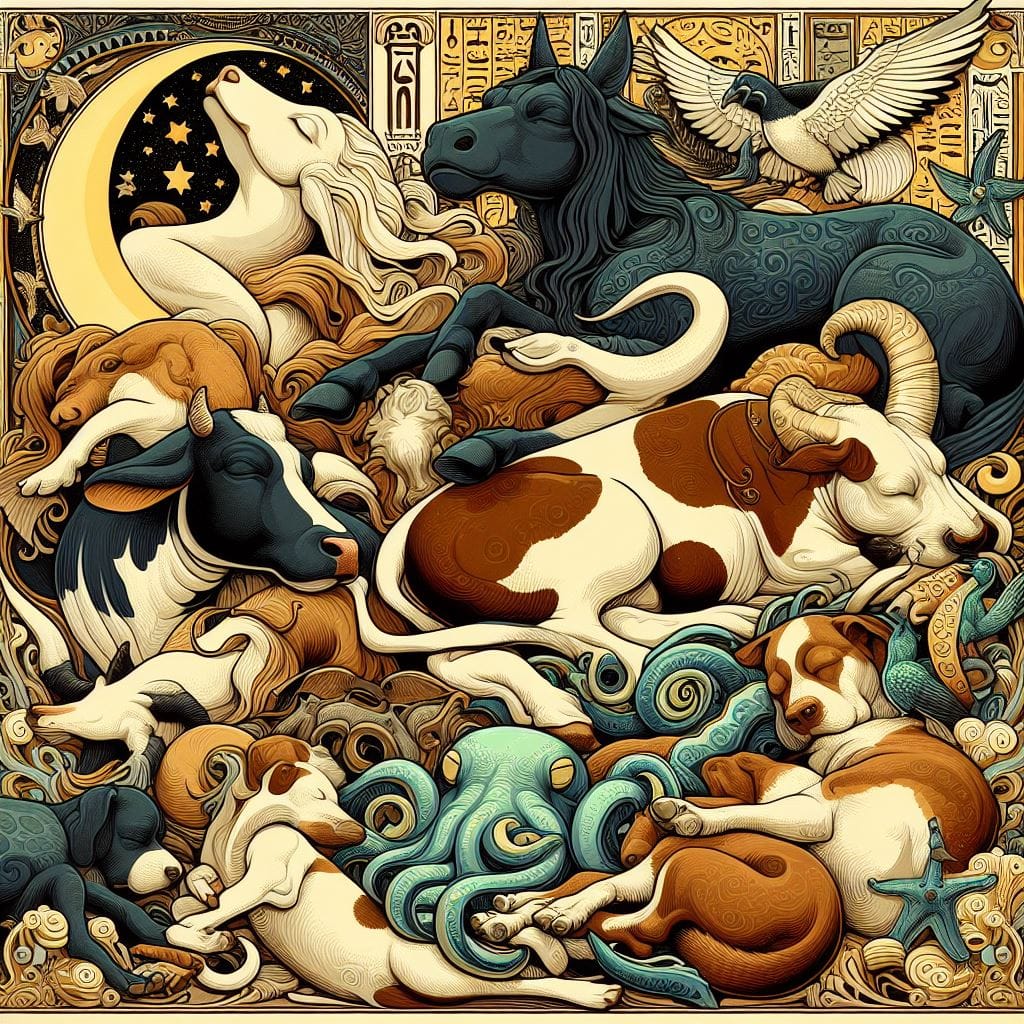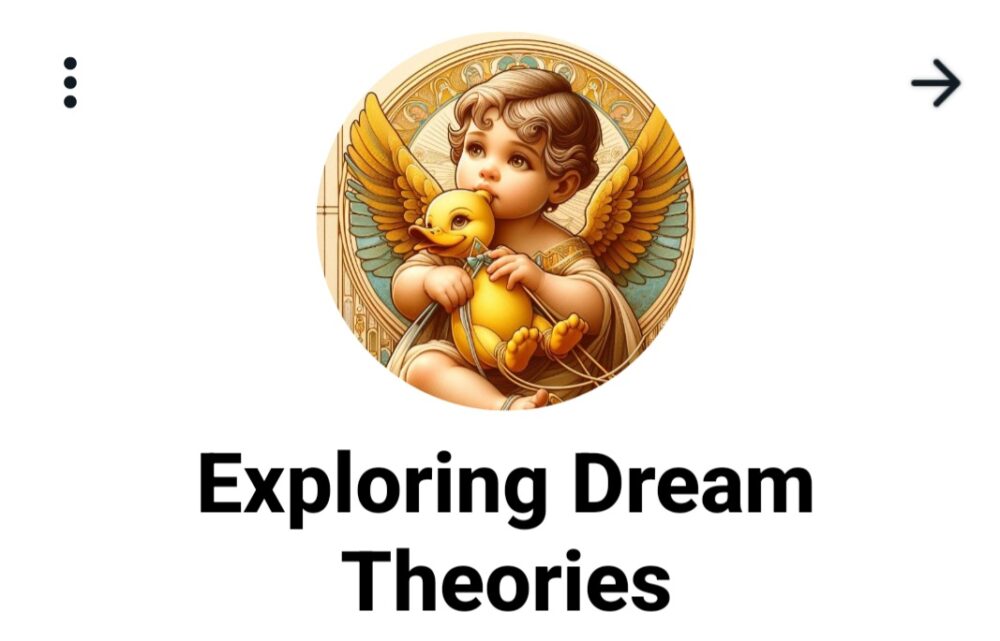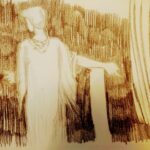Dreams in Animals: Insights from Ethology and Neuroscience
Introduction
The phenomenon of dreaming, once considered exclusive to humans, has increasingly been recognized in the animal kingdom. This essay explores the concept of animal dreaming by integrating insights from ethology, neuroscience, and comparative psychology, drawing on our detailed discussions about the behaviors and neural mechanisms observed in various species.
Observational Evidence of Animal Dreaming
Historical observations by William Lauder Lindsay in “Mind in the Lower Animals in Health and Disease” have laid the groundwork for considering dreaming as a feature shared across species. Lindsay noted behaviors in dogs and horses that resembled human sleep activities, such as movements and vocalizations during sleep, suggesting the presence of dream-like states. These observations have been bolstered by modern ethological studies that indicate similar phenomena in a range of animals, from domestic pets to wild species.
Neurological Correlates of Animal Dreaming
Advancements in neuroscience have provided critical evidence supporting the idea of animal dreaming. Studies on rodents, particularly rats, have shown that brain patterns during REM (rapid eye movement) sleep mirror those during waking hours when the animals are engaged in activities like navigating mazes. This parallel suggests that, like humans, animals reprocess daily experiences in their sleep, potentially for memory consolidation and learning.
Neuroscience highlighted the role of specific neurotransmitters, such as acetylcholine, which is prominent during REM sleep. This phase of sleep, characterized by intense brain activity, seems to be a universal marker of dream-like states across species, indicating a shared physiological basis for dreaming.
Ethological Perspectives on Dream Functionality
From an ethological perspective, dreaming in animals might serve several adaptive functions. For instance, rehearsing responses to threatening scenarios or practicing survival skills during dreams could enhance an animal’s ability to respond to challenges in waking life. This notion aligns with the Threat Simulation Theory in human dream research, which suggests that dreams are a form of mental simulation that prepares individuals for future challenges.
Comparative Psychology and the Continuity Hypothesis
The Continuity Hypothesis, which posits that dreams reflect everyday life experiences and concerns, extends naturally to animal dreaming. Animals’ dreams, like those of humans, may reflect their daily concerns—ranging from foraging and hunting to social interactions and threat avoidance. This hypothesis supports the idea that dreaming is a cognitive process tied to the animal’s lifestyle and environmental demands, offering insights into the mental lives of non-human species.
Implications for Animal Welfare and Consciousness
Understanding that animals may dream opens new avenues for considering their subjective experiences and states of consciousness. It challenges us to think more deeply about the mental lives of animals and the complexities of their emotional and cognitive worlds. This has direct implications for animal welfare, suggesting that animals, like humans, experience rich mental and emotional lives that merit ethical consideration.
Conclusion
The study of dreaming in animals enriches our understanding of the cognitive and emotional capacities of non-human species. It bridges disciplines such as ethology, neuroscience, and psychology, highlighting the profound interconnectedness of life. By exploring animal dreams, we not only gain insights into the evolutionary aspects of dreaming but also deepen our appreciation for the complexity of animal consciousness. This interdisciplinary approach continues to reveal the nuanced tapestry of mental life across the animal kingdom, highlighting the shared biological heritage and evolutionary continuity between humans and animals.

DALLE 2







